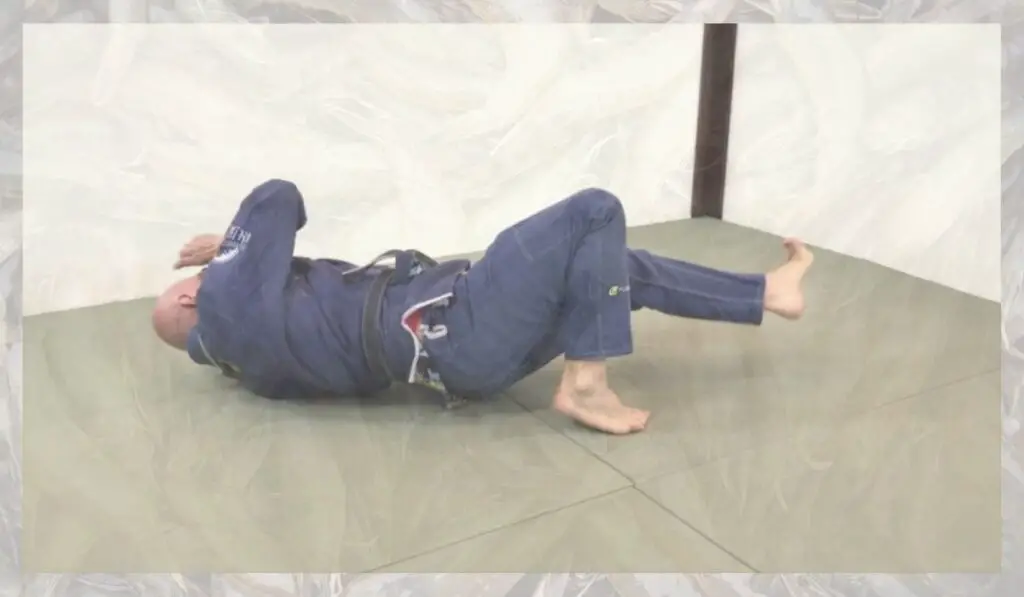Brazilian Jiu-Jitsu is a unique grappling martial art that everyone, particularly youngsters, enjoys learning. It emphasizes ground combat and does not allow striking methods. Therefore, many martial arts enthusiasts and prospective students often wonder if Jiu-Jitsu holds the title of the most rigid discipline among martial arts.
Jiu-Jitsu is widely considered one of the most challenging martial arts due to its complex techniques, physical endurance requirements, and the strategic mental aspect it necessitates. However, the difficulty level can vary depending on the individual’s learning style, physical abilities, and dedication to the sport.
In this article, we will look in-depth at what makes Jiu-Jitsu challenging and compare it with other martial arts in terms of learning curve, physical demand, and mental engagement. Stay tuned!
Is Brazilian Jiu-Jitsu the Most Difficult Martial Art to Learn?
Brazilian Jiu-Jitsu is the most challenging martial art to learn and master. This is because BJJ contains many techniques and combinations that require a significant amount of time and effort to master.
Aside from that, statistics show that nearly 75% of new practitioners abandon their training after only a few months, proving that jiu-jitsu is challenging to learn.
Why is Brazilian Jiu-Jitsu the Hardest Martial Art?
Learning Brazilian Jiu-Jitsu involves mastering various techniques and movements at each level of development, which requires both time and effort. It can take up to a year of consistent practice for a student’s body to fully adjust to this martial art.
Jiu-Jitsu is a physically and mentally challenging discipline that demands a high level of commitment. BJJ also requires a considerable amount of flexibility, which can only be achieved through consistent and dedicated practice over time.
Otherwise, Brazilian jiu-jitsu requires a lot of physical effort and involves the entire body, requiring a wide range of movements, such as the guard, back control, etc. The learning process can be pretty extensive and complex as there is an almost infinite number of techniques to master.
According to a Sports Centaur survey, Brazilian Jiu Jitsu is considered the most challenging martial art to learn by over 425 people, with 44.9% of the votes.
BJJ’s difficulty is attributed to the physical toughness required and the many techniques compared to other martial arts, such as Aikido, Boxing, or kickboxing.
Brazilian Jiu-Jitsu Versus Other Martial Arts

Brazilian Jiu-Jitsu
Brazilian Jiu-Jitsu, or BJJ, was developed by reconstructing a Japanese Judo martial system. A grappling combat style focuses on ground tactics to overpower an opponent, such as takedowns, chokeholds, joint locks, etc.
The BJJ sport did not become famous until the 1990s when Royce Gracie displayed its effectiveness during the Ultimate Fighting Championship.
Furthermore, BJJ training is a high-intensity workout with several repetitions, drills, and sparring rounds. As a result, jiu-jitsu practitioners are well-known for their incredible strength and cardiovascular level, mobility, and balance, among other things.
Boxing
Boxing provides several benefits, including developing athletic, muscle coordination, and self-defense abilities.
Boxing is less challenging to learn than Brazilian jiu-jitsu since the number of techniques that must be studied and mastered is less extensive. As a result, those without prior experience in martial arts will grow faster in boxing than in BJJ.
Although boxing is also another discipline that subjects its students to high-intensity training and sparring bouts.
Judo
Judo provides excellent stand-up fighting basics like throws, takedowns, and footwork. As a consequence, a judoka may put an end to a battle by sending opponents to the mat with an accurate throw.
Judo, on the other hand, is a high-intensity training activity. As a result, Judokas possess exceptional strength and fitness levels, allowing them to smash an opponent in seconds.
Wrestling
Wrestling is a fantastic old grappling martial art focusing on takedowns and pins. This wonderful sport has various versions, including Greco-Roman and freestyle wrestling.
Wrestling is another high-intensity training practice. Wrestling requires greater physical attention since wrestlers practice hard to improve their strength and quickness.
Muay Thai
Muay Thai, often known as Thai kickboxing, evolved from the Thai martial arts called Muay Boran. In the early 1900s, the sport was transformed into Muay Thai by combining features of Western boxing.
As a result, Muay Thai has many characteristics with boxing. Competitive Muay Thai, like boxing, has defined rounds. There are also restrictions for wearing padded gloves, and both games take place inside the confines of a ring.
Muay Thai is distinguished from other pugilistic sports by using elbows, push kicks, and knees. Otherwise, Muay Thai training is challenging and requires excellent physical abilities to resist.
Therefore, Thai boxers are well-known for extreme bodily fitness during training, among the world’s greatest fighters.
Sambo
Sambo is a Russian grappling sport incorporating various techniques from Judo, jujutsu, and different wrestling and self-defense styles. It exists in two variations: Combat Sambo and Sports Sambo.
The Russian military mainly utilizes the sports Sambo. It lets you hit your opponent with intensive martial arts tactics (groin blows, headbutts, chokeholds). However, the Combat Sambo is more centered on catch-wrestling than the aggressive variety.
Conclusion
Brazilian jiu-jitsu is a unique martial art with many practitioners and fans worldwide. This is because there are many competitions and tournaments involving BJJ martial arts.
Brazilian Jiu-Jitsu is usually the most technically challenging martial art to learn and master. However, regarding training intensity, several martial arts include rigorous workouts such as BJJ, Muay Thai, Boxing, Wrestling, etc.



